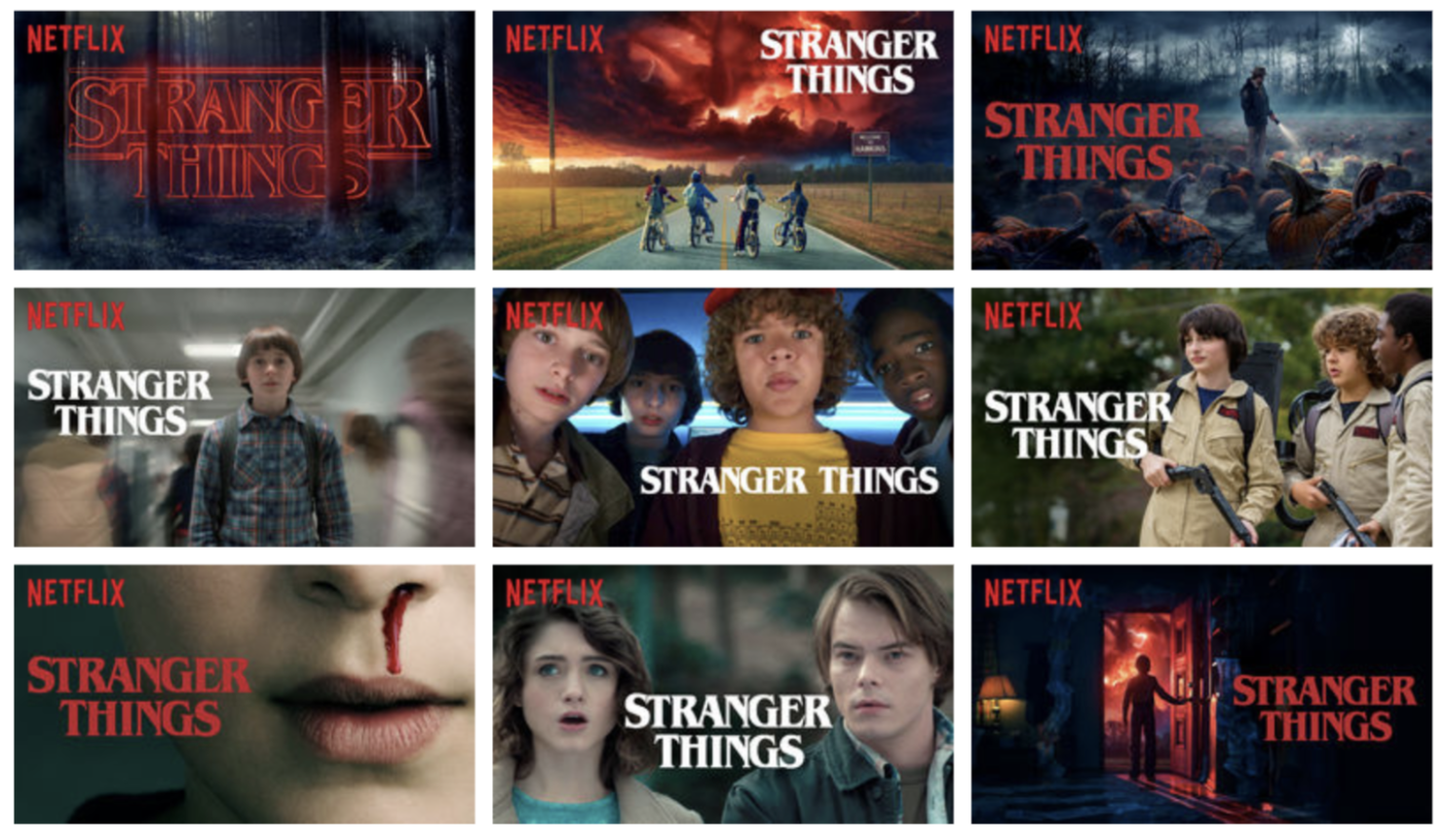Many companies make the mistake when serving content to their customers and potential customers of not tailoring enough and serving too generic pieces that may not be relevant for everyone in their target. When it comes to content relevance, people want to see helpful information and solutions to their problems, or to be entertained and engaged.
Serving up relevant content to your customers means addressing their needs in a timely manner. Luckily, that’s getting even easier with AI technology. As with any other technological advance, AI provides marketers and companies with a new way of storytelling while enabling product teams to get the right content, to the right customer, at the right time, at a personal level. That’s content relevance.
No longer is content distribution about reaching the biggest audience possible with a single piece, it’s now about reaching the right person with the right message. Companies that are harnessing AI technology are finally able to achieve content relevance at scale. Instead of talking to the group, they’re talking to an individual.
AI technology and machine learning can help companies to access the full potential of their audience data and to automate and optimize their customer experience — down to the nitty-gritty. This allows them to make more meaningful connections by being there for customers at the right time with the right information. Content relevance is a continuous process, meaning it’s not just getting the right content to the right person at the right time, but also making sure content remains timely and is continuously updated.
What are Content Curation and Content Relevance?
Before we dive into how companies are using AI right now to create and deliver relevant content, let’s get our definitions straight.
Content relevance: Relevant content means getting the right content, to the right person, at the right time. It can correspond with SEO and search queries, or with engagements within a social network, or a user’s data graph. You want to make sure you are able to train an AI model to recognize what content is relevant for your customers so that you only serve content they find helpful or entertaining.
Content curation: Curated content is content that has been selected for a specific purpose or person. Good content curation means the content achieves the engagement or usefulness goal you have assigned it, and is part of a bigger stream or journey.
Content curation is an important method for content relevance where teams can add a layer of AI to personalize content at scale. By programmatically curating your content, you make each piece relevant to a specific customer at a specific time.
Real-World Examples of AI Powering Content Curation
AI-powered content curation is already relatively common in the real world, and you have been consuming AI curated content without even realizing it. Great AI content curation can feel like science fiction comes to real life.
AI-powered content curation is happening on Netflix, most social media platforms, Spotify, and in your favorite search engines. All of these companies use AI-powered algorithms to serve up the right content to the right users at the right time.
While most keep their algorithms private, we do have a little insight into how they work. Netflix is the perfect case study as most people have seen it in action.
Netflix uses a machine-powered algorithm to:
- Tailor movie and TV show recommendations
- Optimize streaming quality
- Personalize artwork and thumbnails
- Editing oversight in movie post-production
If you’ve ever logged in to someone else’s Netflix account, you know that they’re not being recommended the same movies and TV shows you are. That’s because Netflix uses an AI-powered algorithm to assess what you’ve watched previously and then recommends something new to you based on that information. So, the more you use Netflix and rate movies, the more relevant the content you are recommended will be as the AI learns what you like.
Experts estimate that 80 percent of the content streamed on Netflix is found through their recommender system.
Not only is Netflix using AI to recommend what to watch, but they’re also using it to A/B test the best converting images for thumbnails. Netflix used all of these different thumbnails for Stranger Things to attract different viewers to the content. By testing the different images, they could see which one got the most conversions, clicks, or watches.

Source: Becoming Human: Artificial Intelligence Magazine
Spotify, digital assistants, and social media are all using algorithms and AI in similar ways to make sure they’re getting the most relevant content to users at the right time. LinkedIn is using AI to build communities around interests, Selligent is helping companies to recommend content to customers based on what they’ve previously read, and Instacart is using TensorFlow from Google to help shoppers move efficiently through the store to make shopping faster.
What You Need to Know to Create Relevant Content
While not every company can or needs to build a Netflix-worthy recommender system, there are a number of strategies you can adopt to create relevant content for your customers. There are some effective AI algorithms out there to help you get that content in front of the right eyeballs at the right time, you just need the right training data to get them started.
Here’s how you can ensure you’re making relevant content for your customers.
Continuously Update Content for Historical Optimization
HubSpot — one of the go-tos for content marketing knowledge — has recently started editing and reusing old content, which they have dubbed historical optimization. And, what they’ve found is that by optimizing and updating old content, they’re saving time and money over what it would have cost to create new content.
And — it’s working for customers. Through historical optimization, HubSpot has doubled its number of monthly leads generated by those old posts and has seen increased organic search views by an average of 106 percent for those old posts.
While new content is a great way to serve up relevant content to your readers, don’t let old content languish and die. With a little sprucing up, some new images, some editing, and updated statistics, the old piece of content becomes brand new.
Continuously Update Search Algorithms
When you’re creating content to address your customer’s pain points, it’s critical to have a good understanding of how effective your search algorithms are and keep them up to date as behaviors change, new products get added or new content gets published.
Optimizing your search algorithm on a regular basis is a great way to make sure it works and customers can find your content when it’s relevant. It’s good practice to add more training data to prevent model drift and keep your AI delivering high quality results.
Understand the Customer Journey
The customer journey is the route your customers follow from discovering your product to buying your product. To have the most relevant and curated content, it’s critical to have content that serves the needs of all your customers, no matter where they are on the customer journey.
HubSpot has a fantastic explainer on the different types of content you should create for the different stages of the customer’s journey. This is also a great place to apply AI, when your customer base is in the millions or even billions of people.
Create Content For Specific Customers
To have the most relevant content, you not only need to understand the customer journey but also recognize that you have different customers. You need to create content that will be relevant and useful to different groups of your customers, instead of just making general content.
Many companies create customer personas or profiles of imaginary customers based on customer data to inform their content curation. Different types of customers need different types of content.
Use Customized and Personalized Messaging
Customers no longer want just an experience, they want a customized experience that’s designed just for them. Customers want to feel a sense of connection with brands and the best way to build that relationship is through personalized messaging.
By the way, what we’re talking about here is way more than personalized email greetings, but that’s not a bad place to start.
Personalized experiences and messaging is where AI is really useful to organizations delivering content at scale. AI allows them to automate timing, type of content, and to align marketing strategy with the type of customer. Through data analysis and machine learning, AI can get the right content, to the right customer, at the right time to create a customized user experience.
Use Technology to Get Content to the Right Customer On Time
AI takes content relevancy to the next level, getting the right content to the customer just when they need it.
Some AI tools that might be helpful for your content relevance products include:
- AWS Machine Learning services lets you create ML models without having to dabble with the algorithm
- Microsoft Azure’s Machine Learning is suitable for both beginner users and pros and businesses of all sizes, with over 100 methods that help with regression, classification, recommendation, text analysis, and anomaly detection
- You can also upload your datasets, train models, and deploy them with Google Cloud AutoML’s graphical interface
- Advanced users can leverage NVIDIA’s Transfer Learning Toolkit, a python-based AI training toolkit that allows developers to train faster and accurate neural networks on the popular deep learning architectures
- IBM Watson brings a fully automated ML service to the table, which reduces the learning curve and takes no prior training to use. This makes the ML Studio a good fit for beginners and experienced individuals for building, training, and deploying models.
- Appen, which can help you kickstart and improve content relevance algorithms through high-quality training data.
Expert Insight from Vasagi Kothandapani – VP of Global Accounts
Serving the right contents to clients is the most important function of any application which leads to customer satisfaction and growth in business. Organizations around the world, across industries have been using AI to conduct content analysis, keyword selection, data-driven content creation, optimization and creation of personalized content.
AI technologies which include machine learning, computer vision, natural language processing, and natural language generation to name a few have been used to make user experience rich and are impacting our day to day lives massively. From the Gmail AI text prediction to Siri and Alexa working as a human assistant, AI has been impacting delivery of relevant content to customers. The teams running these advanced programs are continuously improving their models based on user inputs, rather than relying on manual rules that would require constant updates to deliver the right outputs.
With the availability of massive data and AI technologies, building applications to serve relevant content at scale is becoming easier. Ignoring the benefits and possibilities of AI in serving your customers means that your organization is sure to fall behind its competitors in a world that’s increasingly relying on technology.
How AI and Content Relevance Improve User Experience
When working together, AI and content relevance make for a better customer experience. When content is timely, personalized, and relevant, customers are going to feel more connected, which builds loyalty. This means you’re more likely to convert and keep customers with high-quality, curated, relevant content.
Learn more about how Appen can be your data partner on your content relevance journey by contacting our team today and scheduling a call with one of our AI specialists. We have over 25 years of experience and thousands of AI projects to date, with a great focus on relevance algorithms, working together with a global crowd of 1M people.



